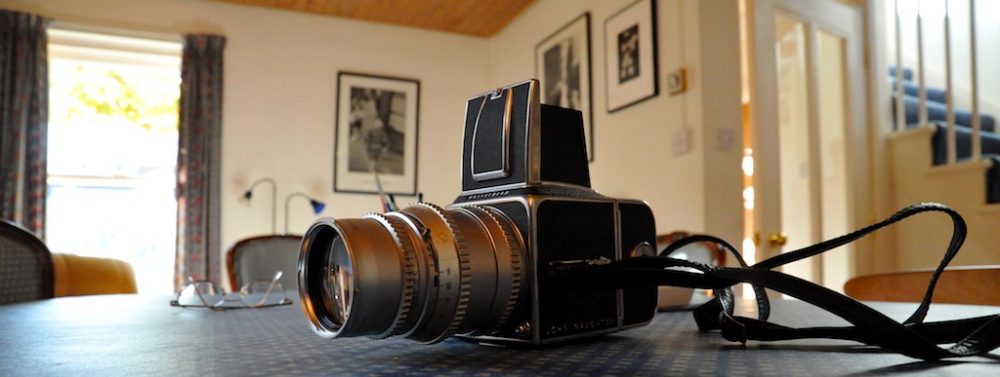Like many people, I’ve been irritated by the idiotic coverage of Prince Harry’s truncated wartime experiences. So I was looking forward to reading what my colleague Peter Preston would have to say on the matter. As ever, he’s spot on:
Whatever MPs planning more internet curbs may say (and the generals of Burma sing much the same shrill tune), there is no effective way of leaning on a few blokes in London to shut up in the national interest if zillions of websites are tuned in and wholly reactive. General Sir Richard Dannatt should know that as unflinchingly as any other officer commanding. Helmand isn’t the playing fields of Eton. Al-Qaeda has many formidable internet operators (and many potential press officers). Every home-grown terrorist trial ends in a pile of emails. Deploying Harry in supposed secret could never last. The fix was always going to come loose – and pose questions about what press and Palace should try to fix in a twenty-first century where freedom of information goes rather further than indignant prose and pix brokers would like.
In the new world of instant and multiple communication, reality is the true taskmaster. Is it sensible to encourage the prince to be a proper, deployable soldier? Answer yes and he (never mind the men around him) may or may not be at greater risk. Is he ready to accept that risk? Is the army (never mind cop-out commentaries about the men he serves with) prepared to put him in danger? Is Clarence House? If the answer to all those questions is ‘yes’, as it probably ought to be, then no deceptions or deals are necessary.
